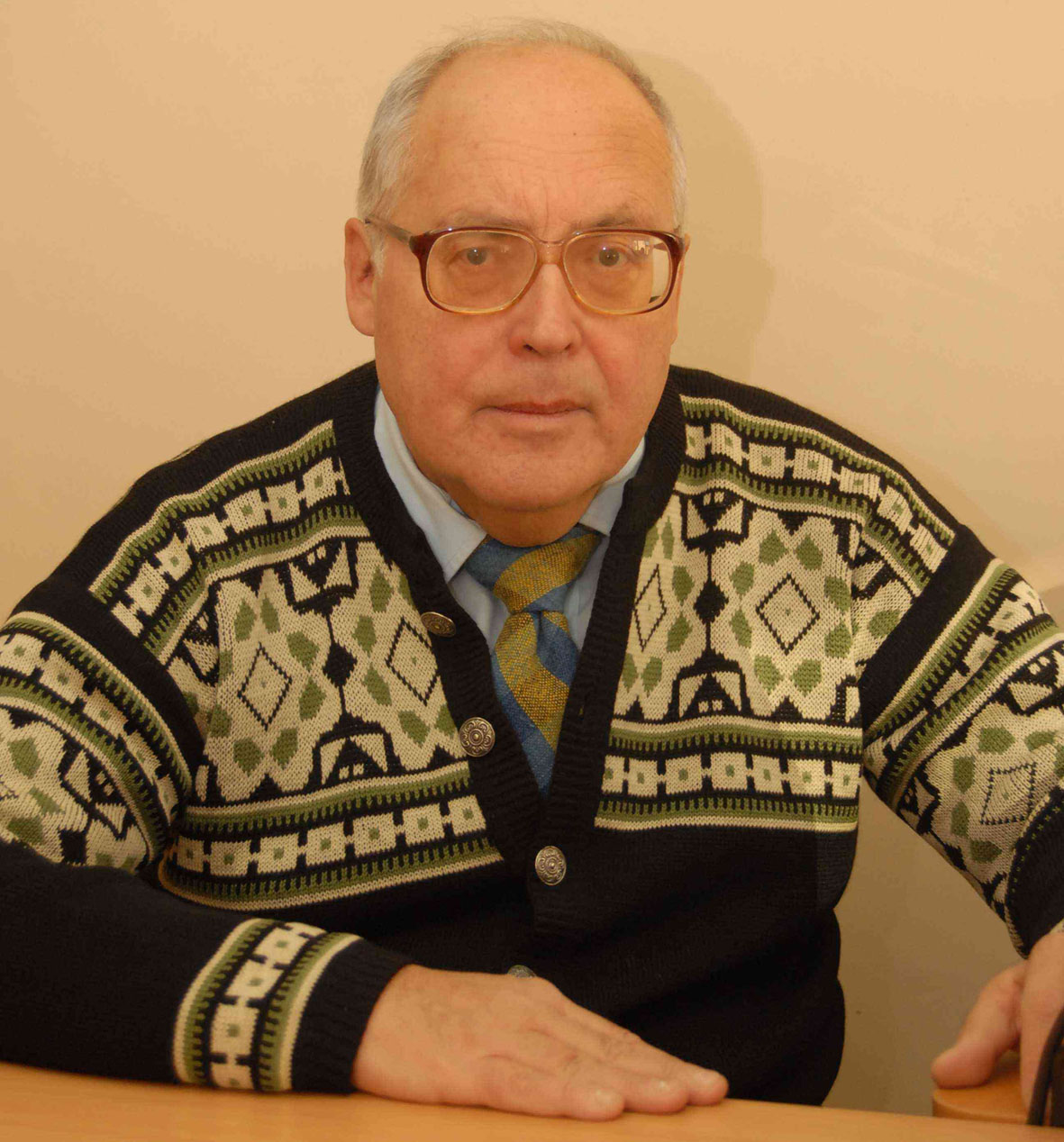| Biography | |
|---|---|
 Prof. Vitaly K. Koltover Institute of Problems of Chemical Physics, Russian Academy of Sciences, Russia |
|
| Title: Nuclear Spin Catalysis in Biomolecular Nanoreactors of Living Cells: Premises and Promises. | |
| Abstract: Cells are composed from atoms of chemical elements, many of which have magnetic and nonmagnetic stable isotopes. In physics and chemistry, magnetic isotope effects (MIEs) have long been known for a number of magnetic isotopes, among them 13C, 17O, 29Si, 33S, 73Ge, and 235U [1]. Not long ago, MIEs have been discovered in experiments with living cells. In studies of effects of different isotopes of magnesium, magnetic 25Mg and nonmagnetic 24Mg, on the post-radiation recovery of yeast cells, S. cerevisiae, irradiated by short-wave UV light, it has been revealed that the recovery process of the cells, enriched with the magnetic 25Mg, proceeds two times faster than the post-radiation recovery of the cells, enriched with the nonmagnetic 24Mg. In the experiments with another cell model, bacteria E. coli, it has been found that bacterial cells adapt essentially faster to the growth media enriched with magnetic 25Mg compared to the media enriched with the nonmagnetic isotopes of magnesium. Besides, the cells enriched with 25Mg demonstrate the reduced activity of the important antioxidant enzyme, superoxide dismutase, by comparison to the cells enriched with the nonmagnetic 24Mg. Thus, it has been discovered that living cell perceive the nuclear magnetism (see Refs. in [2]). Furthermore, MIEs have been revealed in studies of the most important molecular motor of cell bioenergetics, myosin isolated from smooth muscle. The rate of the ATP hydrolysis, driven by myosin, is 2.0-2.5 times higher with 25Mg than that with the nonmagnetic 24Mg or 26Mg [3]. The similar MIE has been revealed with zinc. While Zn2+ performs the cofactor function less efficiently than Mg2+, the rate of the ATP hydrolysis driven by myosin is 40-50 percent higher with the magnetic 67Zn as compared to the nonmagnetic 64Zn or 68Zn [4]. Moreover, the beneficial MIE of 25Mg has been discovered in the reaction of ATP hydrolysis catalyzed by mitochondrial H+-ATPase, isolated from yeast cells and reconstituted into the proteoliposome membrane. On its own, factual evidence of MIE unambiguously indicates that there is a spin-selective rate-limiting step, the “bottle-neck” in the chemo-mechanical cycle of the enzyme, that is accelerated by the nuclear spins of 25Mg or 67Zn [5]. Although detailed mechanisms of ability of the biocatalysts to perceive the nuclear magnetism require further investigations, there are the grounds to believe that this new field, nuclear spin catalysis, highlights promising venues for future research with possible applications of the stable magnetic isotopes in medicine for creating novel anti-stress drugs including the low-toxic anti-radiation protectors. References 1. Zeldovich Ya.B., Buchachenko A.L., Frankevich E.L. Advances in Physical Sciences (Physics Uspekhi), 1988, 155, 3-45. 2. Avdeeva L.V., Koltover V.K. Moscow Univ. Chemistry Bull., 2016, 71, 160-166. 3. Koltover V.K., Labyntseva R.D., Karandashev V.K., Kosterin S.A. Biophysics, 2016, 61, 200-206. 4. Koltover V.K., Labyntseva R.D., Kosterin S.O. In: Myosin: Biosynthesis, Classes and Function (ed. D. Broadbent). New York: Nova Science Publishers Inc., 2018, pp. 135-158. 5. Koltover V.K. J. Molecular Liquids, 2017, 235, 44-48. | |
| Biography: Vitaly K. Koltover has graduated Taras Shevchenko University, Kiev, Ukraine (former SU) in 1966. Since 1972, Dr. Koltover (SciD in Biophysics, PhD in Chemical Physics), works in Institute of Problems of Chemical Physics, the premier organization of Russian Academy of Sciences, at the present time as the chief researcher (principal investigator). He has published more than 250 scientific publications including 12 books and the papers in the reputed journals, presented plenary lectures and oral presentations as the key-note speaker at the scientific meetings in Austria, Canada, China, France, Greece, Italy, Israel, Japan, Ukraine, United States, and Russia. As invited scientist, he has worked in Austria (Institute of Pharmacology and Toxicology, Vienna), India (Institute of Technology, Chennai, and Bhabha Atomic Center, Mumbai); Germany (Max-Planck Institute for Demographic Research in Rostock, and Albert-Ludwig University in Freiburg), USA (National Lawrence Berkeley Laboratory, University of Pennsylvania in Philadelphia, Northwestern University in Evanston). Main fields of interest, at the present time, are magnetic isotopes and nuclear spin catalysis, chemical bionics, reliability (robustness) of biological systems, aging, free radicals and antioxidants. Memberships in professional societies including Committee on Reliability of Biological Systems at the Scientific Council on the Problems of Biophysics, USSR Academy of Sciences, vice-chairman (1978-1992); Russian Biophysical Society, Russian Gerontology Society. | |
